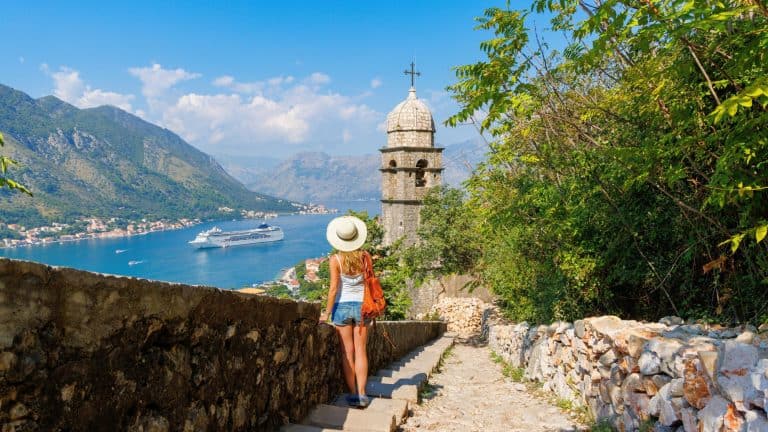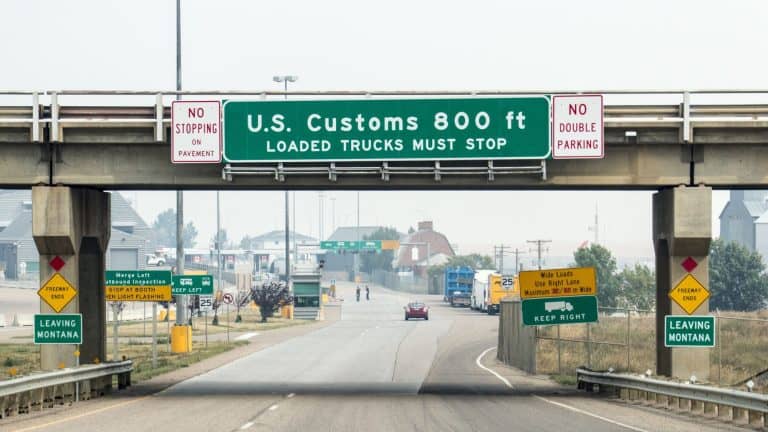Found By Accident contains affiliate links and is a member of the Amazon Services LLC Associates Program. If you make a purchase using one of the Amazon links (or other affiliate links), we may receive compensation at no extra cost to you. See our disclosure policy for more information.
10 Everyday Things That Work Totally Differently Outside The U.S.
Traveling abroad can feel like stepping into an alternate universe, where the simplest things (like ordering coffee or getting on a bus) suddenly come with a plot twist. You think you’ve mastered life, but then you’re squinting at coins that look like props from a medieval drama, or wondering why the light switches are upside down.
Turns out, life doesn’t come with a universal settings menu. And isn’t it funny how everything from tipping etiquette to using a bathroom stall can transform into a mini language and logic test?
But the quirks and contrasts make the world feel larger, richer… and occasionally maddening. Isn’t that why traveling is so much fun?
Toilets In Japan
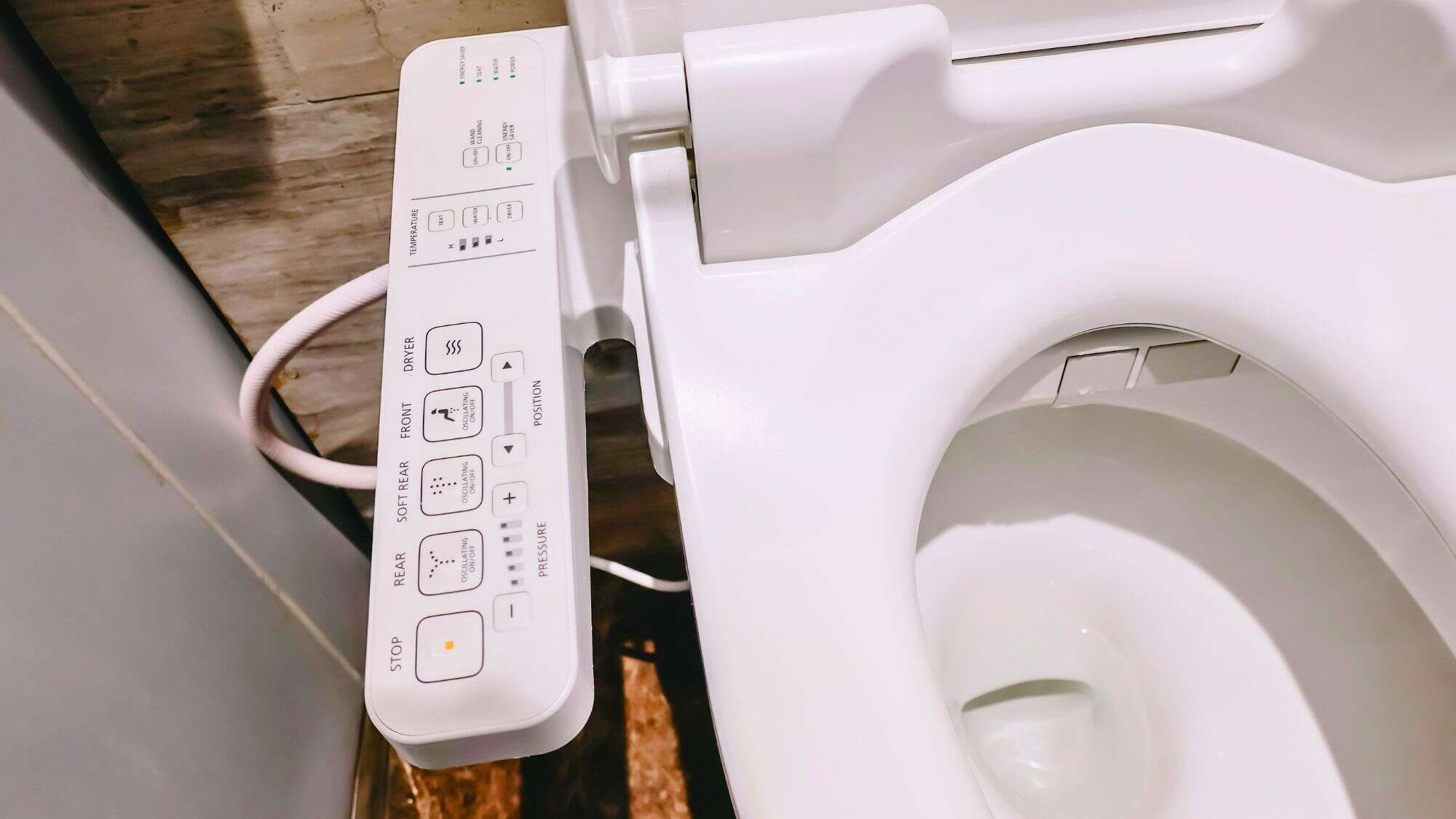
Imagine needing a manual to use the restroom, and that might be the case in Japan. These toilets are a futuristic wonderland, equipped with heated seats, bidets with adjustable pressure, and even sound buttons to drown out any, um, awkwardness.
Some models light up or open automatically, like they’re auditioning for a sci-fi movie. And the concept of public restrooms being more luxurious than most apartments elsewhere is both humbling and puzzling. Who decided bathroom breaks should feel like spa sessions? We know one thing’s for sure – you’ll leave wondering why your home toilet hates you so much.
Power Outlets In Europe
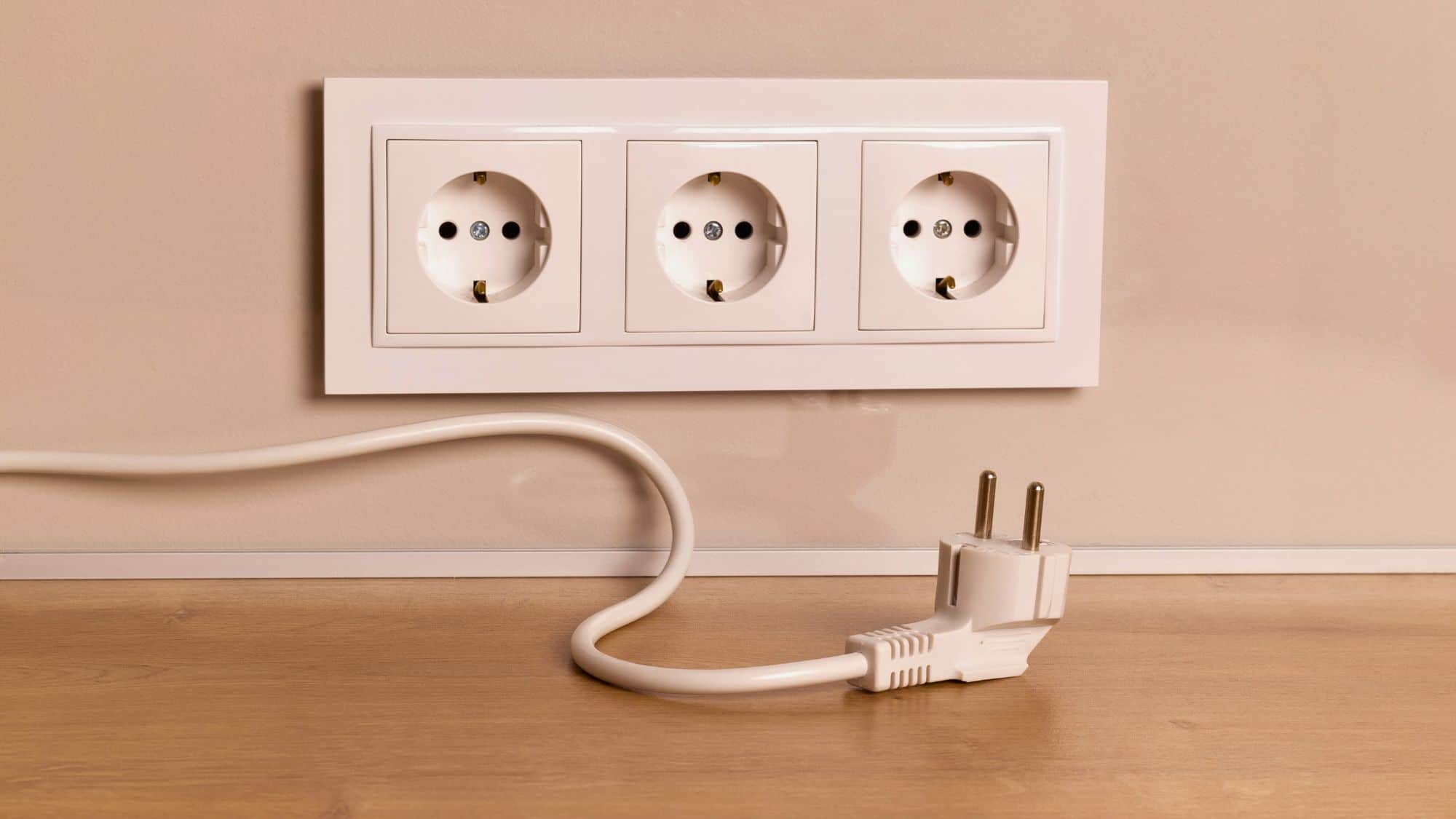
Europe is the land of history, art… and plugs that look like two tiny eyes judging your ignorance about voltage. Those round, two-pronged outlets operate on 220 volts, so shoving in your 110-volt gadget without a converter is basically a farewell party for your electronics.
They’re like Europe itself: sophisticated, but slightly intimidating if you’re not prepared. And why do they always feel loosely connected? Like they’re not entirely committed to powering your devices. If you’re planning a trip, pack a converter (or prepare to give your phone a long vacation too).
Elevator Numbering In The UK
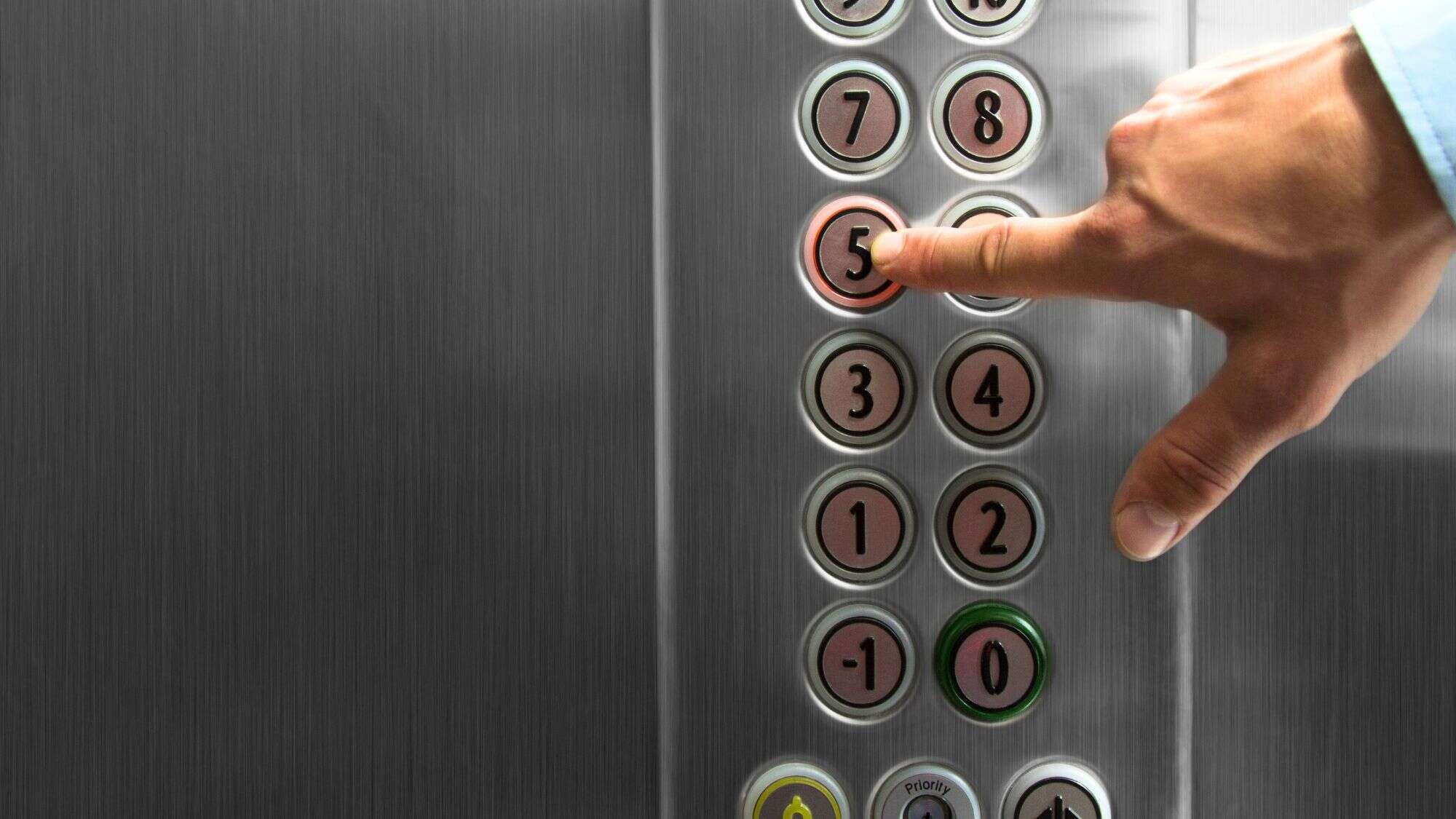
Step into a British elevator and prepare for your sense of reality to take the stairs. The ground floor isn’t the first floor. Nope, that honor goes to the level above it, because logic apparently took its tea and left.
You might spend an awkward moment pondering which button to press, mid-lift, debating whether ground is secretly code for zero. This numbering quirk probably dates back to old-school architectural traditions, but for the unsuspecting visitor, it’s just a fantastic opportunity to look clueless. Cheers, UK, for keeping tourists perpetually second-guessing themselves.
Paying At Restaurants In France

Dining in France is less about speed and more about savoring the experience, much to the dismay of anyone expecting the check to magically appear the moment their plate clears. Here, lingering over coffee is a sacred ritual.
The server won’t approach you with the bill unless you explicitly ask (using polite French, naturally). And if flagging them down seems rude, that’s because it is. The French take their dining decorum seriously. It’s charming, sure, until you’re playing charades to signal for the check because you forgot “l’addition, s’il vous plait.”
Public Restrooms In Italy
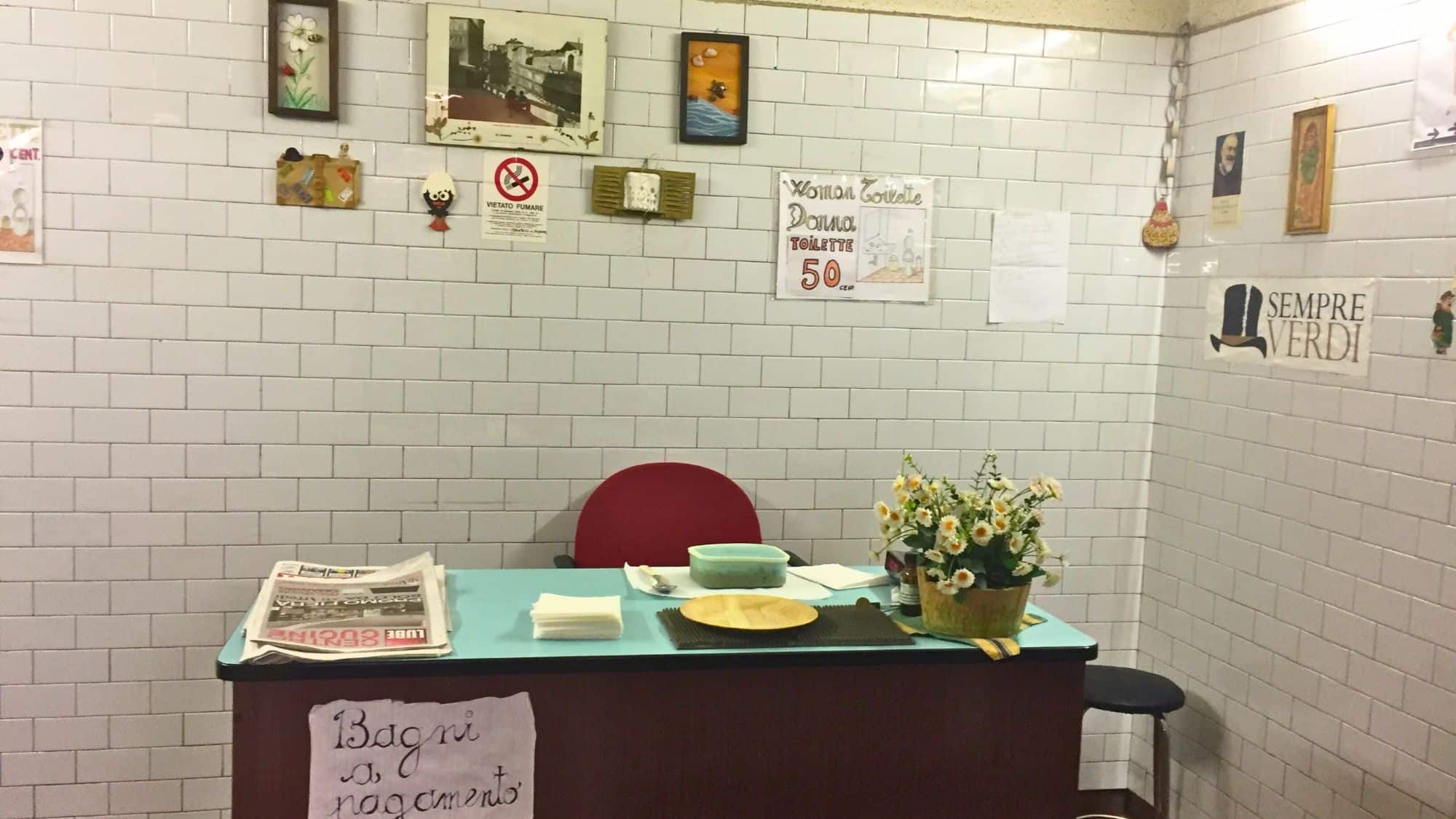
Think of Italian public restrooms as a treasure hunt, except no one told you you’d need coins and possibly a squat workout to find your prize. Many restrooms charge a fee, and for reasons best left to history, some still use the old-school squatting toilet design. Yes, even in cities filled with Renaissance art and gelato perfection.
It’s an odd blend of ancient and modern, like wearing designer suits with flip-flops. So don’t forget to carry change and maybe brush up on your balance. You’ll thank yourself during your “authentic” restroom encounter.
Street Addresses In Japan
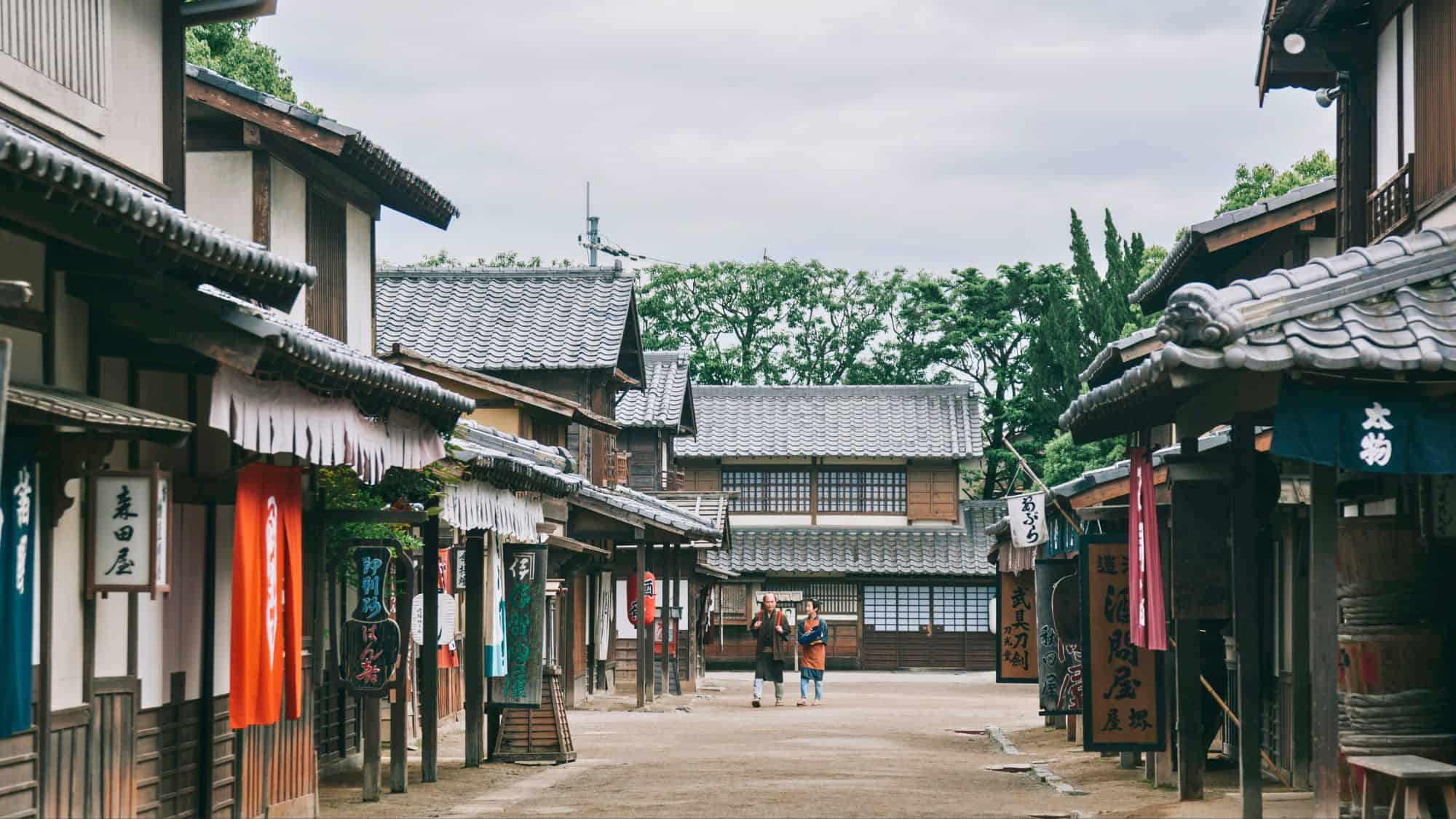
If getting lost is an art, Japan’s addressing system is the ultimate masterclass. Here, buildings are numbered based on their construction order rather than their position on the street. Logic? Never heard of it.
This means house #1 might be awkwardly sandwiched between #18 and #47 like the odd one out in a family photo. While maps and GPS are your salvation, there’s something endearing about how this chaos feels uniquely Japanese. Streets may not make sense, but at least it’s a quirky adventure in organized confusion.
Light Switches In The UK
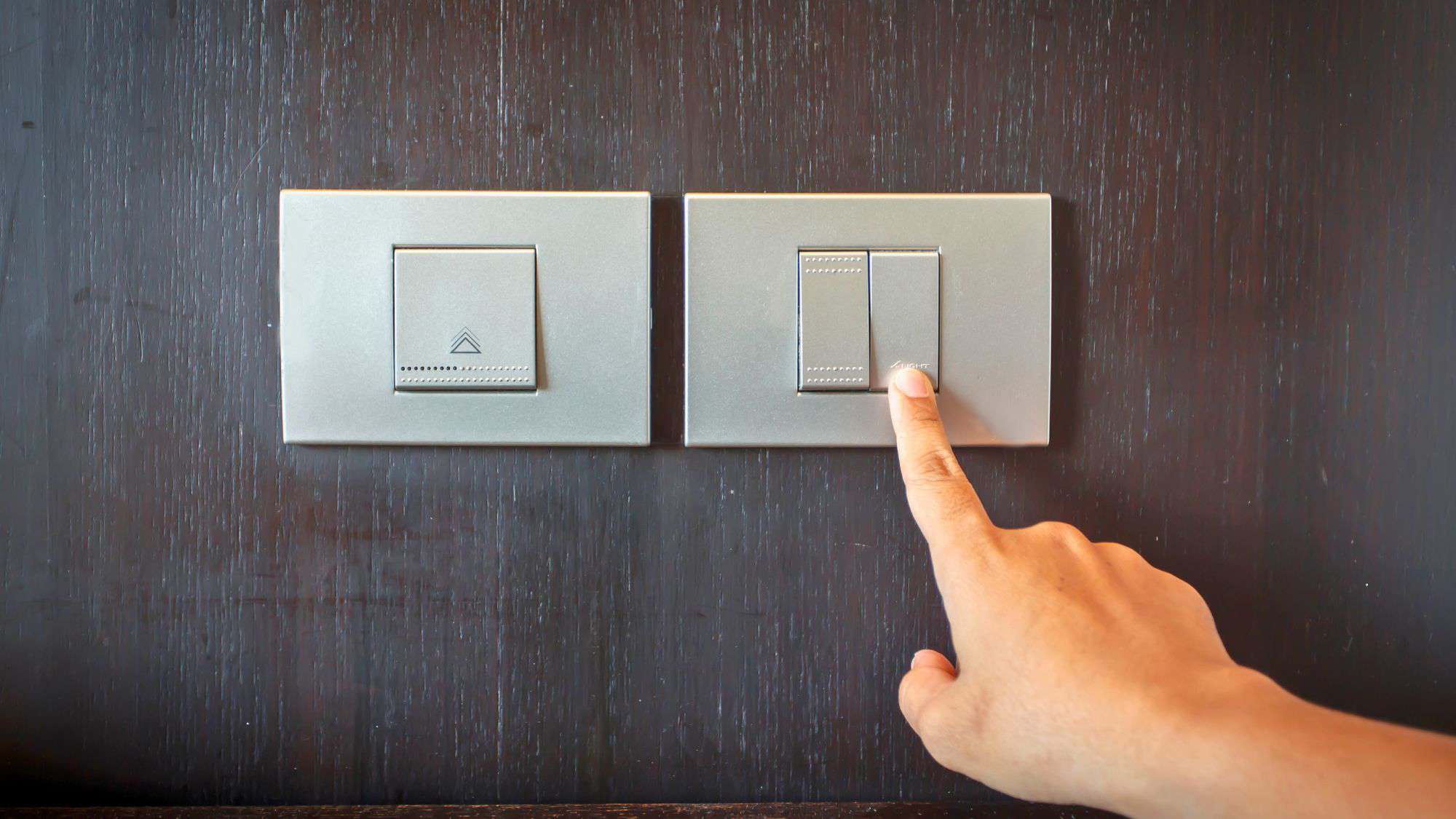
Finding the light switch outside the bathroom in the UK is a bit like a scavenger hunt with awkward stakes… will you guess right while you’re fumbling in the dark? And this particular trend can be traced back to avoiding electrical risks near water, which sounds reasonable until you’re standing in the hallway trying to flip the switch without tripping over the dog.
It’s a practice steeped in practicality but wrapped in inconvenience. If anything, it adds a little suspense to your routine.
Laundry In The UK And Europe
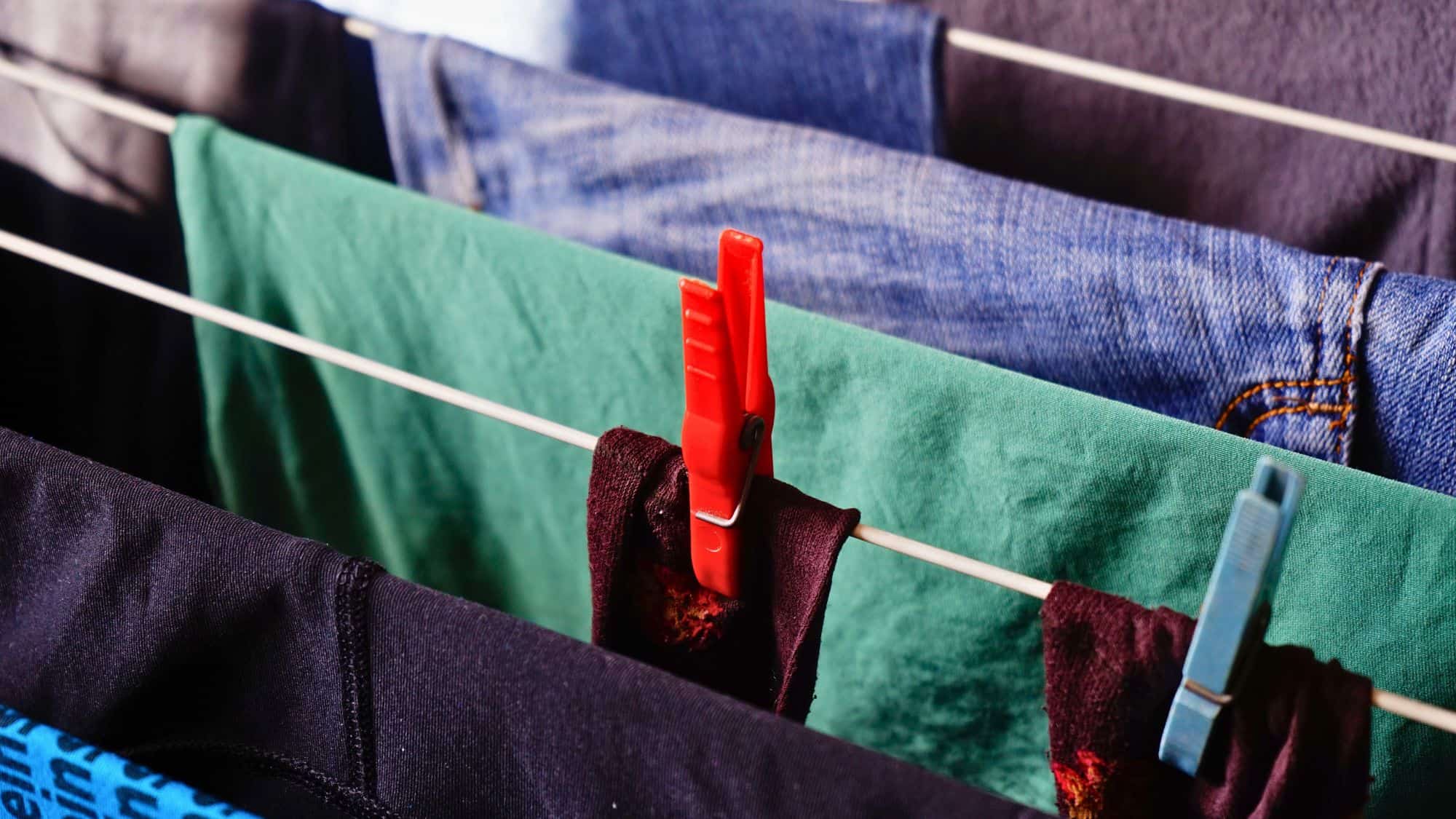
Dryers? Here? Like rare mythical beasts, they exist but are hardly spotted. Instead, welcome to the joy of air-drying clothes indoors, especially during those delightfully damp winters where your socks might take a week to dry.
It’s a humble nod to energy-saving and space constraints, though it often feels like you’re living in a department store stockroom, surrounded by dangling shirts and pants. Sure, clotheslines are quaint, but drying laundry this way? It’s a slow dance with the climate itself.
Road Rules In South Africa
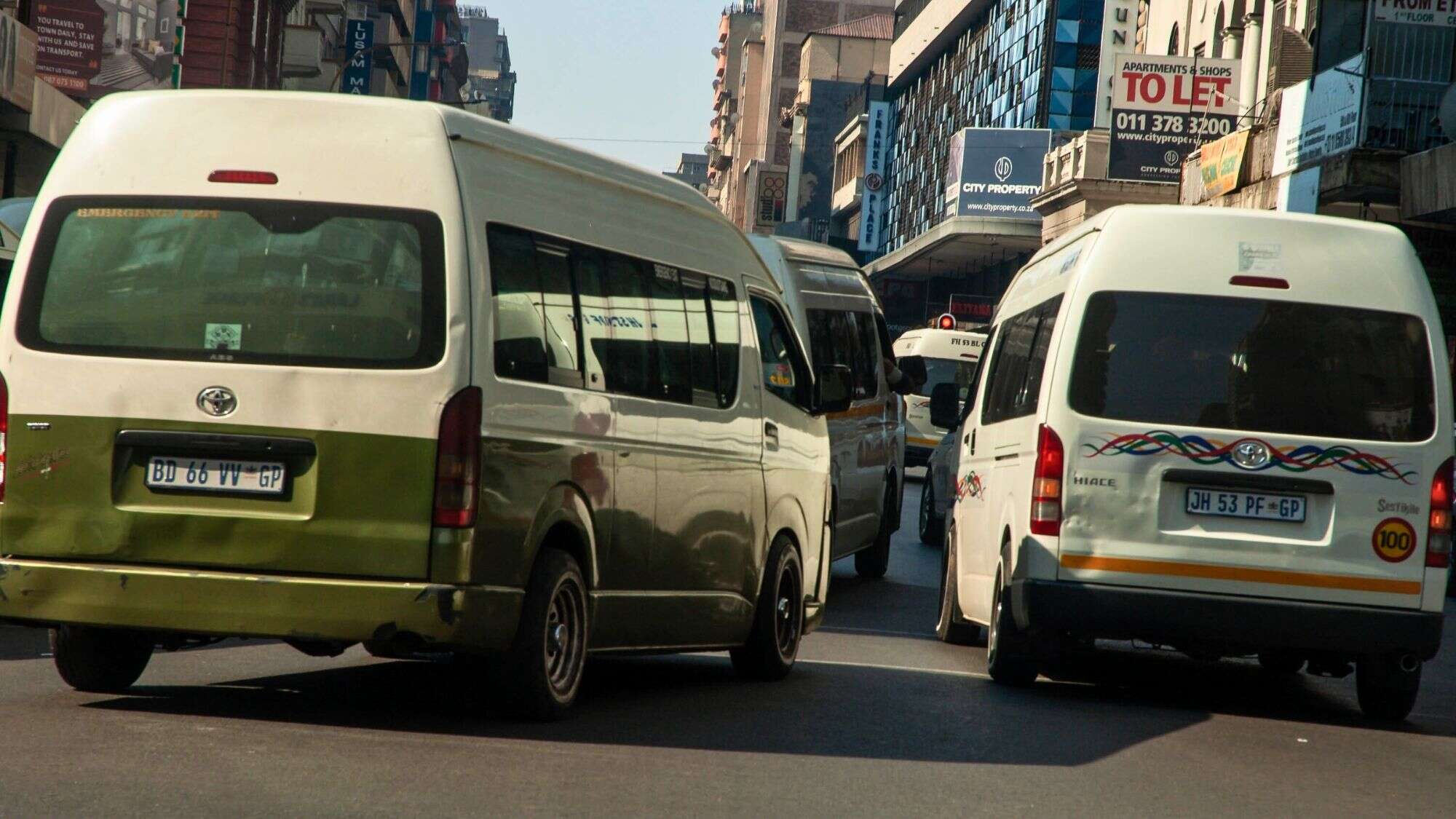
Driving in South Africa is like participating in a high-stakes game of advanced politeness. See someone creeping up behind you? Don’t be surprised when your driver veers onto the shoulder as if politely saying, “After you, kind stranger.”
A quick flash of the hazard lights seals the deal – maybe the most laid-back “thank you” you’ll meet on four wheels. Tactical gratitude. It’s less about rules and more about the unspoken camaraderie among road warriors trying to get somewhere in a hurry.
Water Bottles In Spain
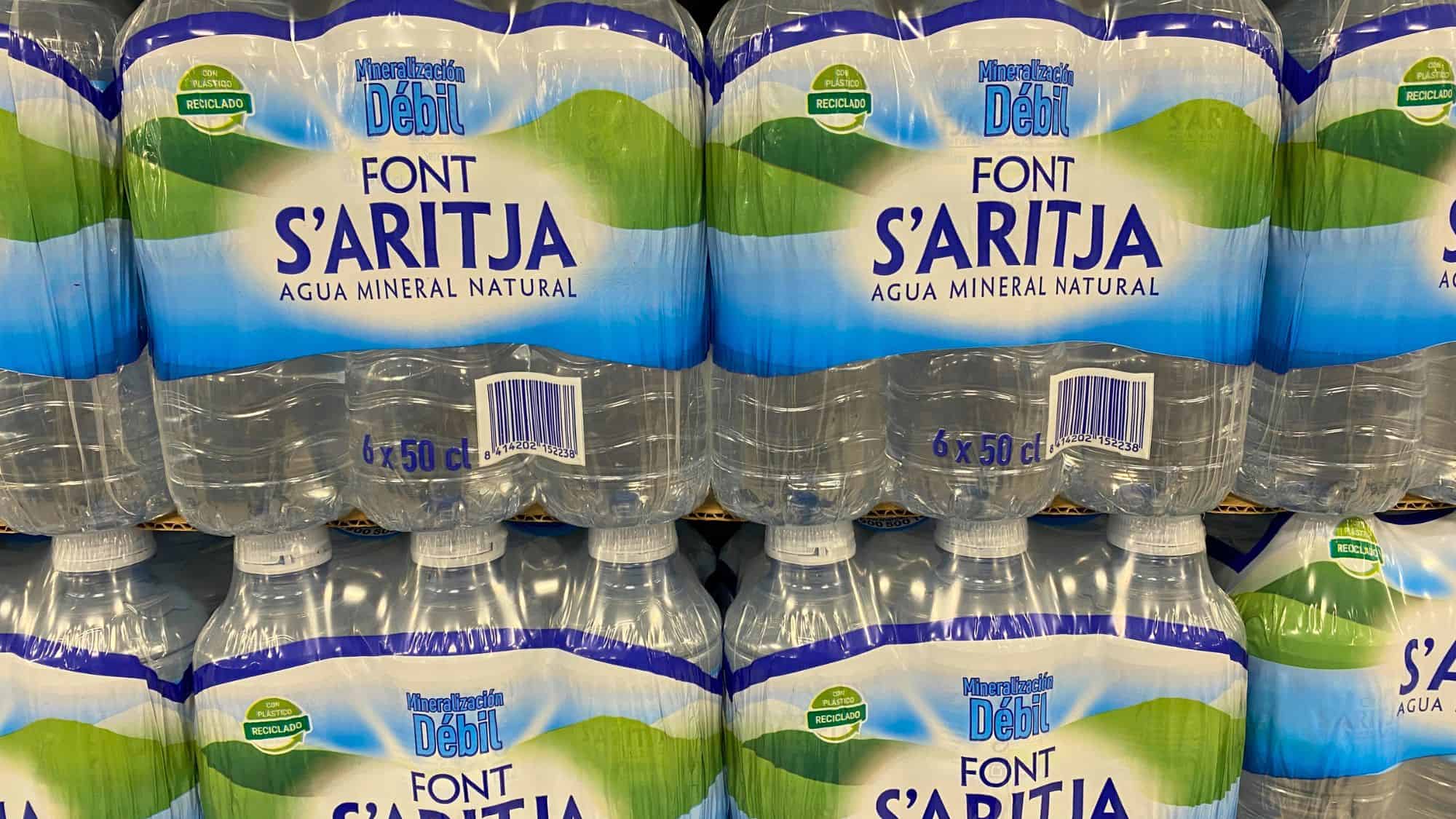
Thirsty? Sit down, read the menu, and brace yourself; water isn’t coming for free. Forget tap water; Spain has mastered the art of offering bottled water as though it’s liquid gold. Served chilled, perhaps bubbling like champagne, and yes, it comes with a price tag.
It’s as if hydration itself has high-end aspirations here. On the bright side, there’s a certain elegance to sipping on a fancy-looking bottle while debating if you just paid luxury prices for…well, water.
Like Our Content? Make sure to join our newsletter for all the latest on outdoor adventures (and a FREE STARGAZING GUIDE). Click here to sign up!

